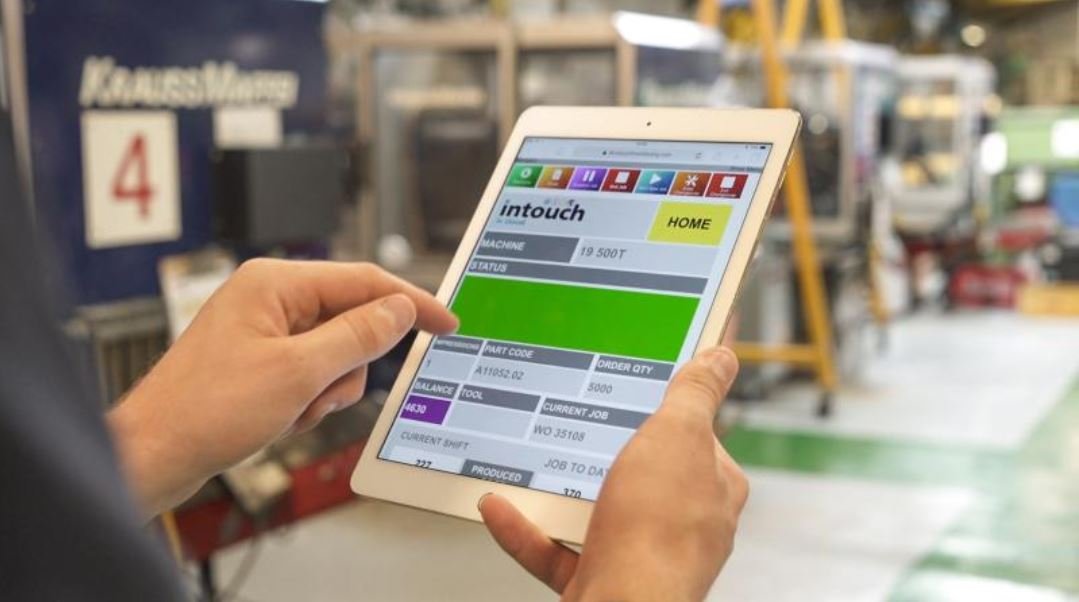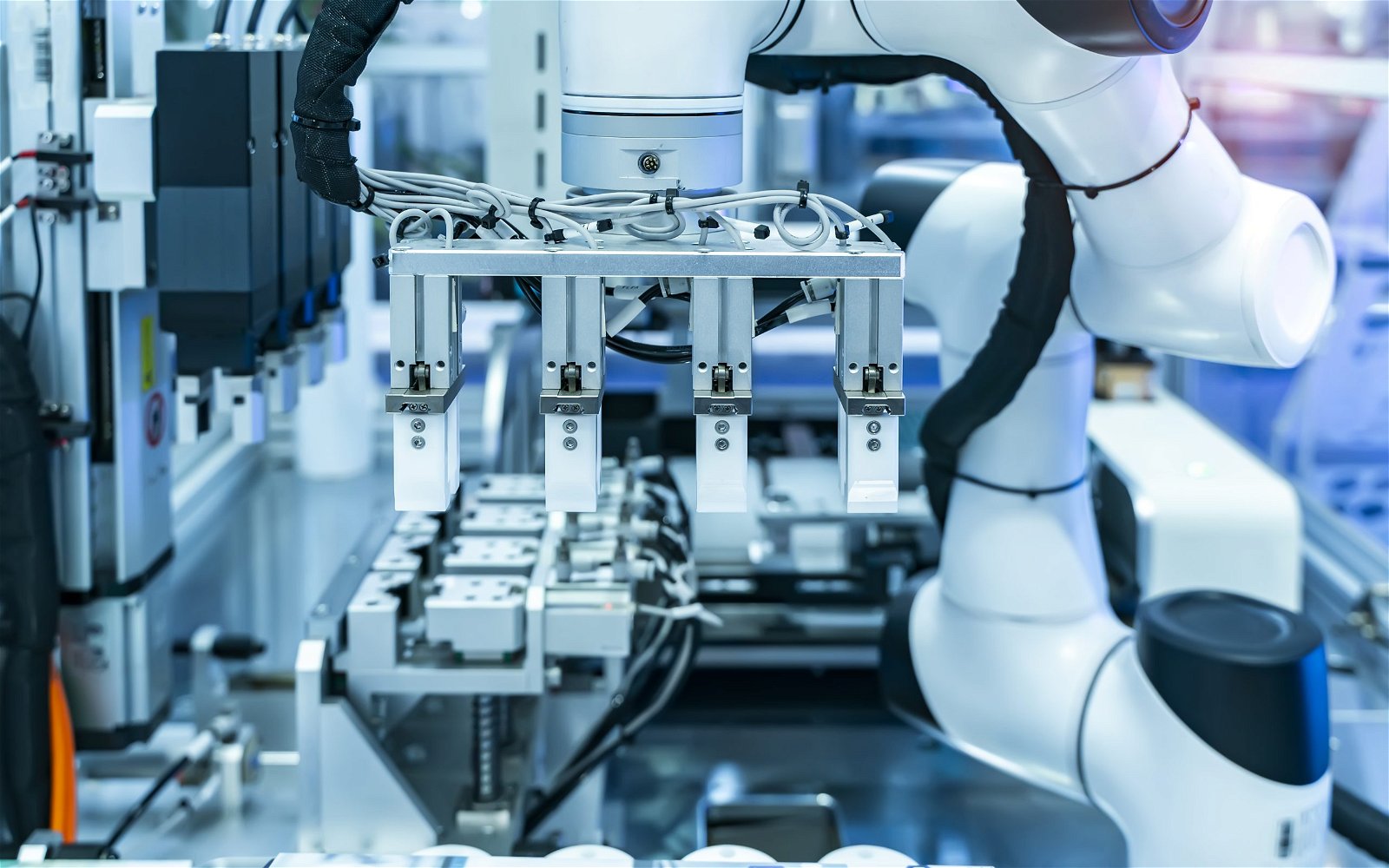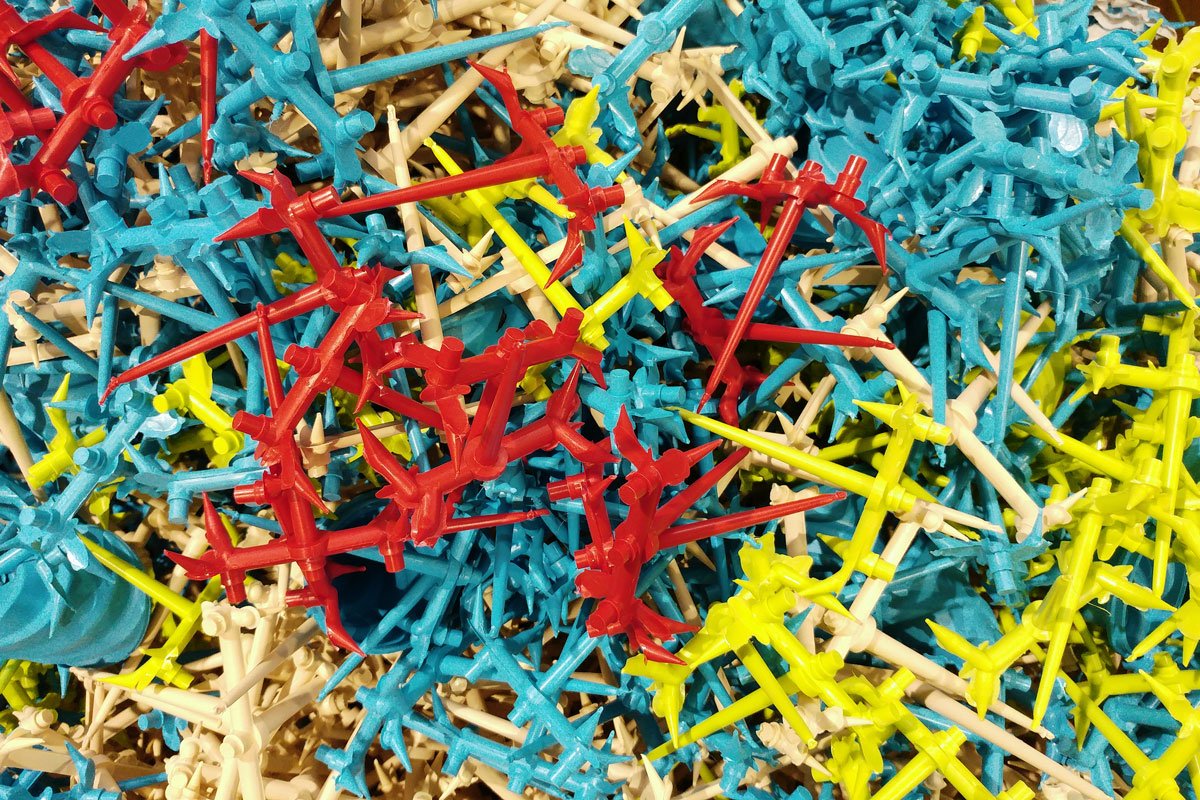MES THINKING
The importance of measuring and reducing scrap in manufacturing
In the dynamic world of manufacturing, companies continually strive to optimize their processes to ensure they remain profitable and competitive. A key factor that often gets overlooked, but is of paramount importance, is the measurement and ability to reduce scrap.
Reducing scrap not only has economic implications but also impacts the overall efficiency of a production line and contributes to the sustainability of operations. As industries face mounting economic pressures and resource constraints, addressing the issue of scrap becomes indispensable.
Economic pressures and the cost of materials
The global market is characterised by intense competition, which mandates manufacturers to try and reduce their operational costs. Economic pressures, whether due to inflation, increased tariffs, market fluctuations, or the competitive landscape, can substantially cut into profit margins, unless you increase the prices you sell to your customers. The raw materials used in manufacturing often represent one of the most substantial costs for companies. With volatile prices and the ever-present threat of scarcity, these materials are valuable commodities.
Imagine the financial drain of procuring resources, investing time, energy, and funds into processing them, only for a significant portion to end up as scrap. This waste leads not just to financial losses but also to missed opportunities, as those resources could have been channelled into creating more products or used elsewhere within the organisation.
Margins and the bottom line
For manufacturers, like many other industries, the focus is always on the bottom line. Profit margins are a key metric in gauging the health and overall performance of a business. Scrap, when not controlled, eats into these margins.
Every defect product or wasted material means the company is losing money that could otherwise contribute to profit. Even a minimal reduction in scrap can lead to significant cost savings.
Efficiency: The heartbeat of manufacturing
Efficiency in manufacturing is not just about speed but also about resource utilization. Efficient operations ensure that the highest product output is achieved with the least amount of waste. Scrap measurement plays a pivotal role in this.
By continuously monitoring and measuring scrap, manufacturers can identify weak spots in their processes and implement corrective actions.
Without precise data on scrap, it’s impossible to determine which stages of the manufacturing process are the most wasteful or prone to errors.
By integrating systems like those offered by Intouch Monitoring, manufacturers can gain real-time insights into their operations, allowing for quick adjustments and ongoing process optimisation.
The crucial role of OEE in scrap reduction
One of the most influential metrics in manufacturing today is Overall Equipment Efficiency (OEE). OEE provides a comprehensive snapshot of manufacturing efficiency by combining the three core components of production: availability, performance, and quality.
- Availability measures the uptime of the equipment, ensuring that machinery is operational and not sitting idle due to breakdowns or maintenance.
- Performance gauges the speed at which the production line operates, checking to see if it’s meeting the desired capacity or lagging behind.
- Quality assesses the number of first-time-right products that come off the line, versus those that are defective or sub-standard.
When you delve deep into the quality component of OEE, you’re essentially measuring the amount of scrap. A low quality percentage indicates a higher amount of defective products, translating to increased scrap. Therefore, a comprehensive OEE analysis can provide invaluable insights into where scrap is being generated and which processes or equipment are the culprits.
For manufacturers, OEE serves as an early warning system. A sudden dip in OEE can signal issues in the production line, perhaps even before they become major problems.
OEE can also provide insights into the interconnectedness of scrap with other facets of production. For instance, a machine that frequently breaks down (affecting Availability) might not just lead to downtime, but also to quality issues when it is operational, as it might not be functioning at its optimal capacity.
This ties back to the importance of holistic metrics like OEE that capture the bigger picture, rather than looking at scrap or downtime in isolation.
Incorporating OEE into scrap reduction strategies
For companies that are truly committed to reducing scrap, integrating OEE into their operational metrics is essential. OEE acts as both a diagnostic tool, pointing out where inefficiencies lie, and as a progress tracker, highlighting areas of improvement or decline.
The tangible benefits of adopting OEE extend beyond just financial savings. It fosters a culture of continuous improvement, where every member of the production team is aligned with the goal of maximising efficiency and minimising waste. As the adage goes, “What gets measured, gets managed.” By focusing on OEE, manufacturers are better equipped to manage, reduce, and ultimately, optimize their scrap levels.
Saving money and improving margin does not need to be complicated
The manufacturing world is complex and ever changing. As companies navigate economic pressures, fluctuating material costs, and the ever-present demand for efficiency, they cannot afford to let scrap slip through the cracks. Measuring and reducing scrap isn’t just a cost-saving strategy; it’s a testament to a company’s commitment to excellence, efficiency and continuous improvement.
Companies keen on staying ahead of the curve should look into advanced monitoring systems like those provided by Intouch Monitoring. Harnessing the power of real-time data analytics can be the difference between a thriving, efficient manufacturing operation and one bogged down by hidden costs and inefficiencies. The importance of measuring and reducing scrap cannot be understated, its essential for any forward-thinking manufacturer.
Would you like to learn more?
If you’d like to learn more about how you can unlock untapped capacity, talk to one of our experts:
3 Signs that you are ready to digitise your factory
Are you under pressure to improve efficiencies and reduce down time, which means you’re now looking to implement smart factory technology…
Plastics Manufacturing in a volatile world
The pandemic has highlighted that the need for flexibility and adaptability in manufacturing operations is crucial for navigating…
5 ways you could improve your production efficiency right now
The importance of production efficiency cannot be overstated. It means you are making the most out of your resources – time, materials,…
Have you thought about adopting smart technology?
What's stopping you adopting smart technology in your plant? Are you worried about the costs, the expertise and training needed? What is…
The advantages of a paperless manufacturing operation
So what happens when you switch to a paperless Manufacturing Execution System? You immediately get more predictable manufacturing with more…
Why is planned downtime for maintenance so important?
Often with pressure of delivery deadlines, it is easy for planned maintenance to be pushed down the priority list and only maintain it when…
How to choose the right manufacturing execution system (MES) for you
Selecting the right MES solution will give you the data and insights necessary to optimise your OEE, give you a competitive advantage and…
What would a 1%, 5% or 30% improvement in OEE mean to you?
Are you under pressure to improve efficiencies and reduce down time, which means you’re now looking to implement smart factory technology…
How to transform your plant’s efficiency and profitability with MES
Squeezing everything from your resources without compromising on quality is a challenge increasingly faced by manufacturers. So how can…
How it works
Getting started with Intouch is as easy as 1, 2, 3
1. Book a demo
Let us show you what we can do. Jump on a demo call and our friendly team will take you through the Intouch system and answer any questions you might have.
2. Enjoy a free trial
Don’t just take our word for it! We’ll lend you our technology for a 60-day free trial so you can see exactly how it can benefit the everyday operation of your business.
3. Receive ongoing support
It doesn’t end there. If you decide Intouch is the right production monitoring system for you, we’ll work with you to help you take control and make significant improvements in OEE.









